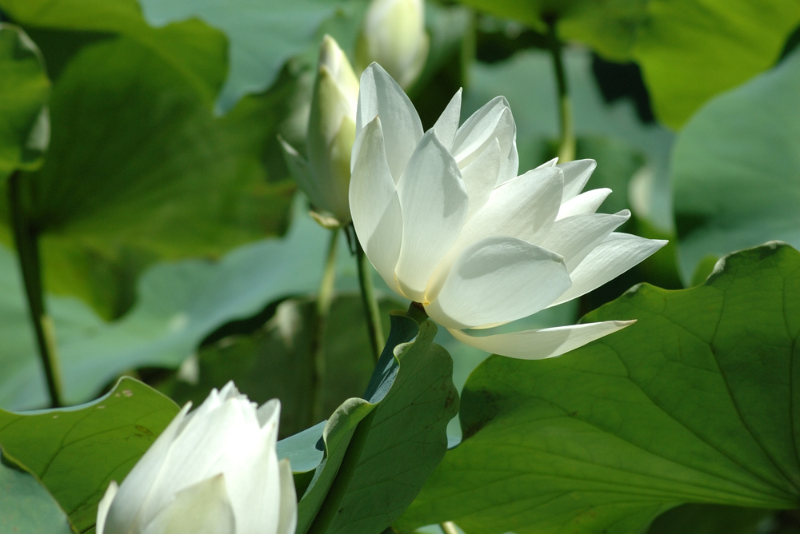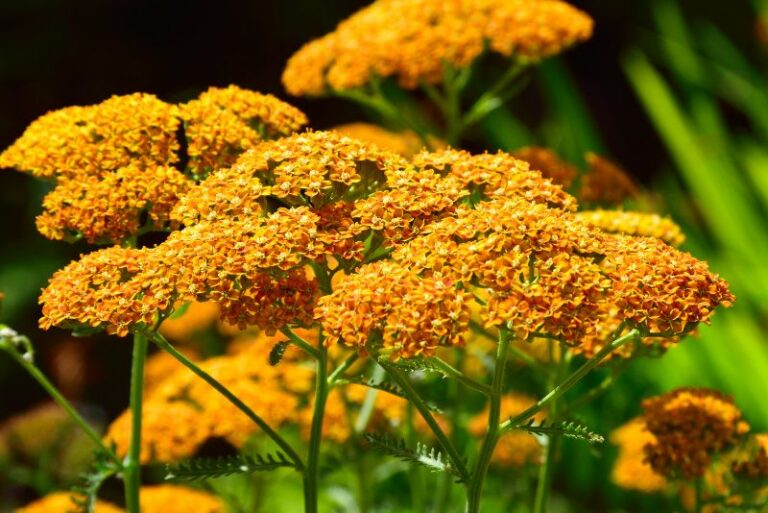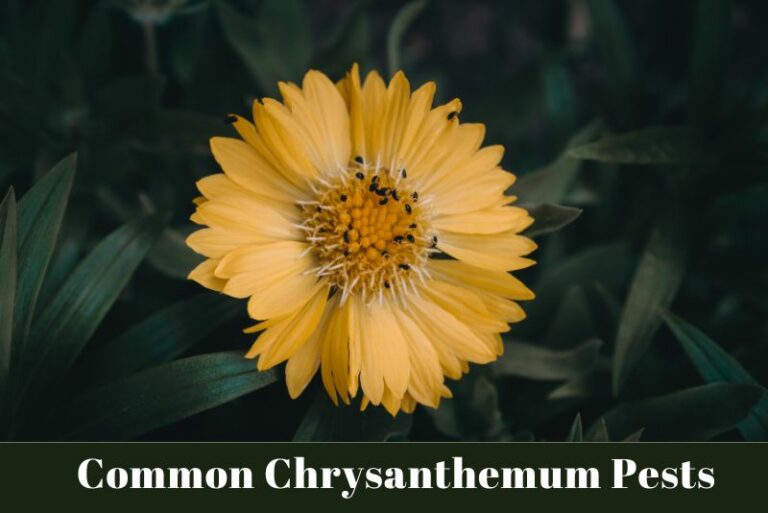Dividing Lily of the Valley: A Gardener’s Guide
Gracing gardens with its delicate, bell-shaped blooms and sweet, intoxicating fragrance, Lily of the Valley is a classic choice for any plant lover. As resilient as they are beautiful, these plants are generally low-maintenance. But even they can benefit from a little TLC in the form of dividing. This extensive guide is crafted for the gardening enthusiasts ready to nurture their Lily of the Valley to even greater heights. Learn when and how to divide these charming perennials, and arm your garden with enhanced growth and vigor.
Knowing When to Divide Lily of the Valley

Lily of the Valley is a robust perennial that can thrive for years, but there comes a time when division is beneficial. Here’s when you should consider it:
Seasonal Timing Is Crucial
Dividing the Lily of the Valley should be an act of timing as much as necessity. Spring, just after it finishes flowering, or fall, before the first frost, is the ideal time. These seasons provide the plants with the best chance to recover and establish new root systems without the stress of extreme temperatures.
Recognize the Signs of Overcrowding
Look for signs that your Lily of the Valley is suffering due to overcrowding. If the plants are flowering poorly, the clumps are not expanding, or there is a visible decline in the foliage health, it’s likely time for division. Tight clumps can’t support healthy growth and need to be separated to allow for proper spacing and nutrition.
A Step-By-Step Division Guide
Get your hands dirty and guide your Lily of the Valley to a new lease on life with this detailed walk-through.
Tools of the Trade
Before you start, gather the necessary tools: a sharp spade, a garden fork, and a pair of pruning shears. Each tool serves a purpose in the division process to minimize trauma and ensure a successful outcome.
Preparation is Key
Prepare the area around the Lily of the Valley clump by watering the soil thoroughly. Moist soil is easier to work with and reduces the risk of root damage. Ensure all the necessary tools are sharp and clean to prevent infections and ensure smooth cuts.
The Division Process
Begin by cutting down through the rhizomes with the sharp spade. The goal is to create sections with both healthy roots and vigorous growing points. Each division should ideally be 6 to 8 inches wide and contain several shoots. Use the garden fork to gently lift the sections from the ground to minimize damage. Once removed, you can trim off any old, dead, or diseased roots with the pruning shears.
Replanting for Success
Replant your divisions at the same depth they were growing previously. The rhizomes should be just below the surface, with the roots spread out and covered with soil. Space the plants at least 6 inches apart to allow for future growth. Water the area well after planting to help the newly divided plants establish a secure footing in their new home.
Benefits of Dividing Lily of the Valley
Discover the ways in which dividing your Lily of the Valley can transform your garden.
Promoting Plant Health
Healthier plants are synonymous with a healthier garden. Dividing Lily of the Valley removes weak, infected, and crowded parts, allowing for better air circulation and less competition for nutrients. This, in turn, fortifies their resistance against diseases and pests.
Encouraging Bloom and Spread
By creating more space and distributing the plants across your garden, you encourage a better bloom for your Lily of the Valley. The increased surface area for each plant allows them to receive more light and nourishment, leading to fuller and more numerous blooms. Additionally, the divided sections will establish new patches, spreading their beauty across your landscape.
Common Mistakes to Avoid
Aim for success by steering clear of these common blunders during the division process.
Over-Dividing
Resist the urge to create too many sections, especially if your Lily of the Valley clump is small. Over-division weakens the divisions, prolongs their recovery time, and can even lead to failure to thrive. Balance is crucial; ensure each new section has enough roots and shoots to support itself.
Planting at the Wrong Depth
Planting Lily of the Valley too deep suffocates the roots, leading to poor growth. On the other hand, planting them too shallowly can leave the rhizomes exposed and vulnerable to drying out or freezing. Remember the right depth, and give your plants the perfect start in their new space.
Expert Insights on Dividing Lily of the Valley
Lily of the Valley experts share their wisdom on the subject, reinforcing the importance of timing and technique.
- “Dividing Lily of the Valley rejuvenates the plant, promoting better flowering and overall health.”
- Dr. Jane Gardener, Botanist
- “Timing is crucial; divide Lily of the Valley just after they finish flowering.”
- Maria Green, Master Gardener
- “Avoid over-dividing; a clump needs to be of a certain size to thrive.”
- Tom Brown, Horticulturist
- “Planting at the correct depth is essential for Lily of the Valley to flourish.”
- Lily White, Garden Center Manager






